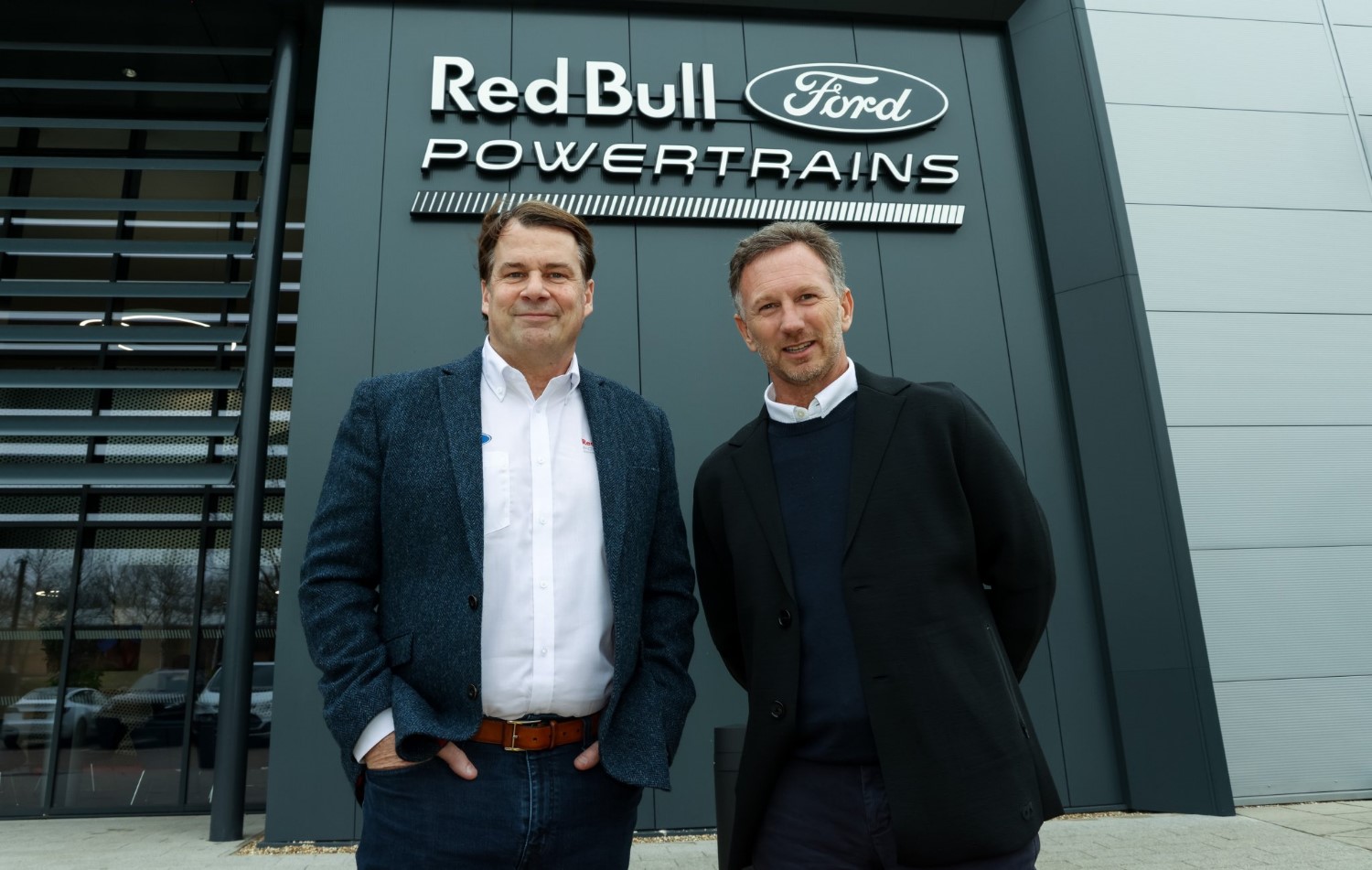Formula 1 News: Red Bull-Ford engine hitting all targets – Horner
Red Bull boss Christian Horner has provided an update on the progress of his F1 team’s 2026 engine that will power their 2026 Frankenstein Car.
Red Bull poached some top engine designers from Mercedes when they had superior engines, and Horner insists Red Bull’s F1 2026 engine project is “hitting the targets” that have been set out.
F1 will switch to revised power unit regulations from 2026 that will see the electric motor providing about 45% of the power and the internal combustion engine about 55% producing a combined 1000+ horsepower
In order for the power unit to provide that much of the power via the electric motor, the car all have to carry a heavier and larger battery, exactly what no one wants – a heavier and larger car.
At some tracks, the internal combustion engine will be revving at high rpm in slow hairpins just to charge the depleted battery. Think about that for a moment – the ICE has to burn fossil fuels to charge the battery for the electric motor!
Hilarious!
Whereas Red Bull has always relied on a 3rd party to supply their power units (Renault and then Honda) Ford will be working with Red Bull to develop their next-gen power unit in-house.
There have been Fake Rumors that Red Bull are behind rival power unit manufacturers, but Horner denies those unfounded claims.
“We are hitting the targets that we’re setting ourselves,” he told Autosport.com.
“Now, how those targets stack up to our competitors is always difficult to know. But the effort that’s going in behind the scenes is huge because it is literally a race against the clock to the start of 2026.”
“With the engine, we’re on an aggressive curve being a brand-new power unit manufacturer. But the team is really rising to that challenge.
“Our facilities are complete, both from a test and development point of view, with dynos and rig rooms, etc, and manufacturing capability.
“But two years in the engine world is a very small period of time. We’re on a steep learning curve, but we’re on that curve and where we would expect to be on that curve at this point in time.”
